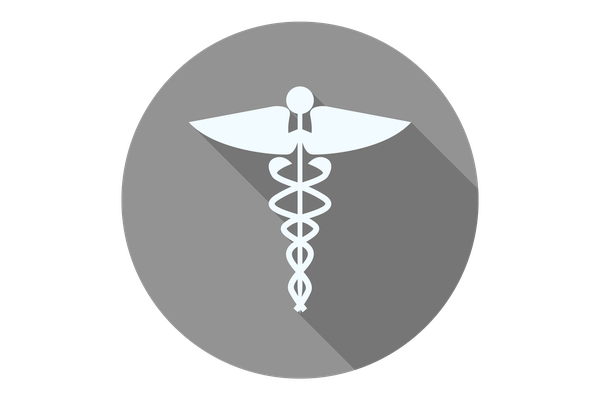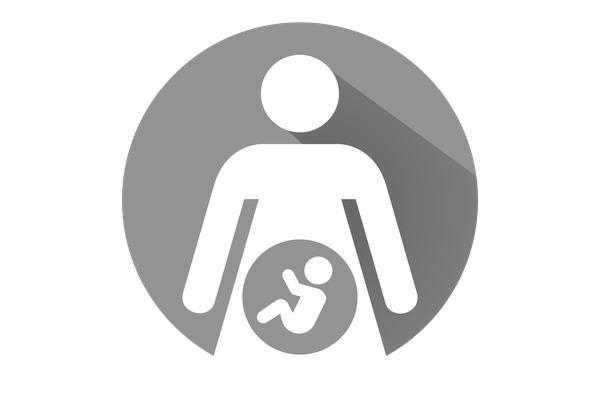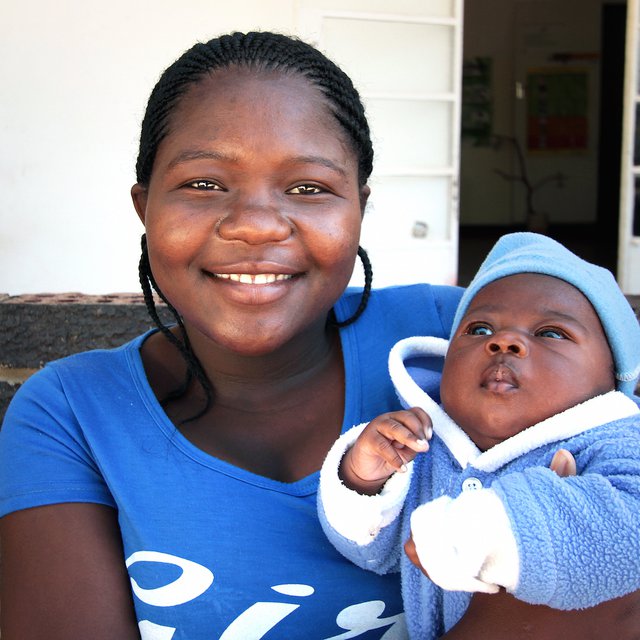Growing up without HIV in Zimbabwe
A remarkable partnership has prevented 37,852 babies being infected with HIV.
Before 2010, a Zimbabwean baby born to a mother living with HIV had a one in four chance of becoming infected. In 2014, the odds had fallen to one in fifteen. Zimbabwe has made huge progress in preventing mother-to-child transmission of HIV.
Babies with HIV
Globally, around 1.5 million women living with HIV become pregnant each year. Without antiretroviral drugs, up to 40% of their babies will also get HIV. Without treatment, half of these children will die before their second birthday.
Despite greater access to treatment, over 210,000 children were infected with HIV in 2012. Zimbabwe had one of the highest burdens of new HIV infections among infants in the world.

Our approach
In 2010, CIFF made a $45 million grant to the Elizabeth Glaser Paediatric AIDS Foundation (EGPAF) for a five year programme to help Zimbabwe’s Ministry of Health and Child Care to reduce the number of new HIV infections among infants.
The goal was to reduce mother-to-child transmission from an estimated 28% to 12%. The approach was to improve testing, treatment and tracking of both mother and child, and to increase access and care at primary health centres.
Impact
-

At scale with 1,560 clinics
-

95% of mothers taking up services to prevent transmission of HIV to their babies
-

HIV transmission rates from 28% to 6.7%
-

Prevented 37,852 new infant infections
-

13,072 children’s lives saved
WHAT WE'RE LEARNING

Scaling up
Despite significant economic problems in Zimbabwe, EGPAF and other donors helped strengthen the country’s health delivery system. This involved training health workers, improving information systems, and increasing access to care.
In 2015, 95% of health facilities in Zimbabwe now offer services for preventing mother-to-child transmissions of HIV. This is a significant step towards eliminating mother-to-child transmission. Over the first three years of the programme, 37,852 new infant infections have been averted and 13,072 children’s lives have been saved.

Mum's data
One of the early challenges was keeping track of pregnant women who had begun treatment but were not returning to replenish their drugs every three or four weeks before giving birth. Pregnant women with HIV need to take their drugs regularly to have the best chance of protecting their babies. An electronic database and a ‘track and trace’ system were introduced at a number of clinics to enable better tracking of both mothers and babies on treatment.
Data showed that 65% of women on treatment returned for the first time when they ran out of drugs.
This fell to 47% and only 31% on subsequent visits.
Changes were made to ensure that mothers and children had regular interactions with Zimbabwe’s health service providers in clinics or at homes.
Treatment retention rates are now 85% at 6 months.

Ending HIV and AIDS
In response to new WHO treatment guidelines, Zimbabwe’s Ministry of Health and Child Care, with EGPAF’s assistance, is rolling out the Option B+ regimen. All pregnant and breastfeeding women who are living with HIV are encouraged to be placed on treatment for life which offers even greater protection against mother-to-child transmission of HIV.
There’s a new generation of Zimbabweans growing up without HIV. We believe that Zimbabwe is on track to achieve near elimination of mother-to-child transmission of HIV (defined by a transmission rate below 5%) by the end of 2015.